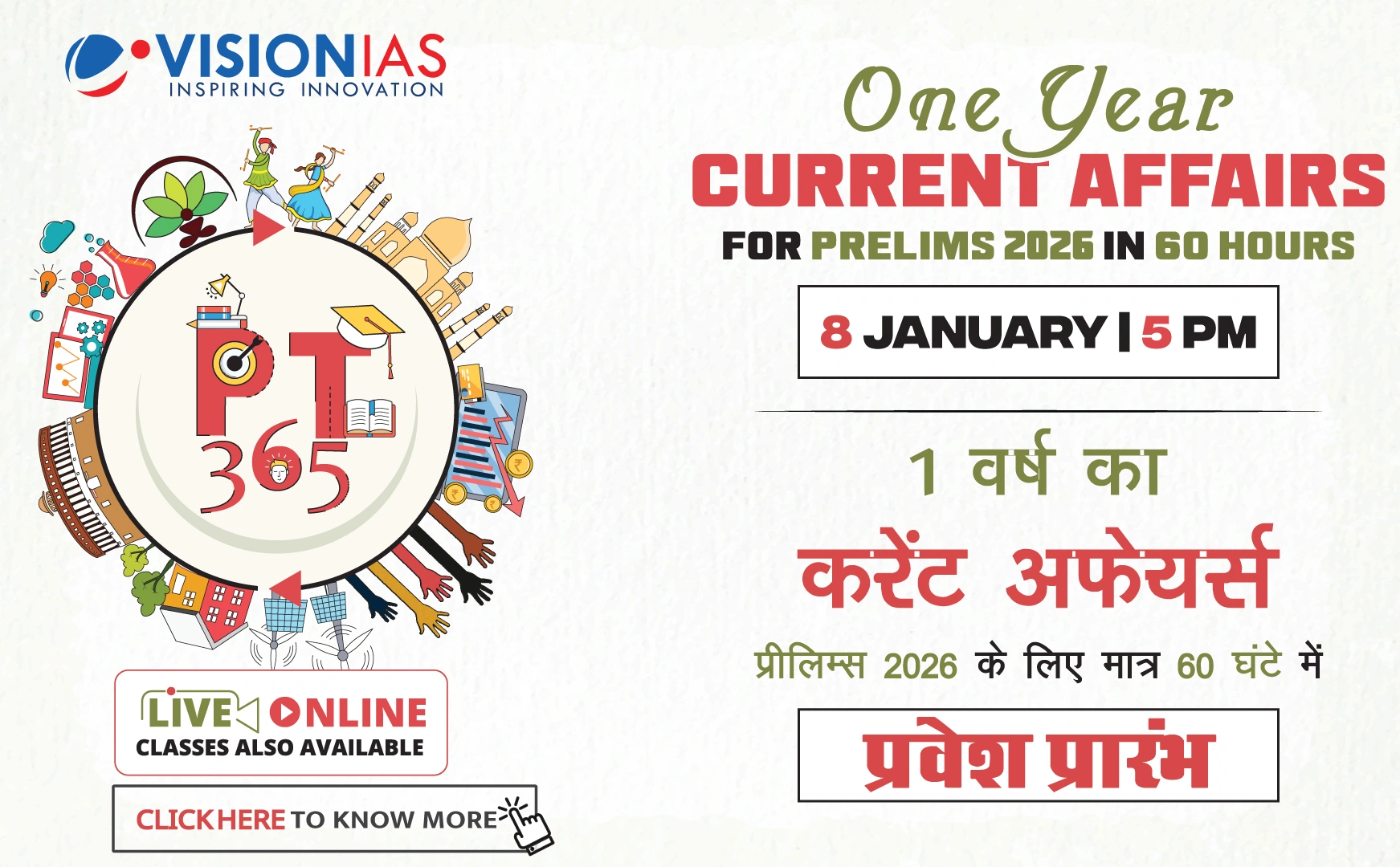Debt-Deficit Dynamics of State Governments
The fiscal health of state governments was significantly impacted during the pandemic, leading to increased debt levels.
- The debt to GDP ratio rose from 25.3% in 2019 to 31% in 2021.
- Post-2021, states adopted a prudent fiscal path, reducing the debt to GDP ratio to 28.5% by 2024.
Regional Variations in Debt Levels
- Odisha and Gujarat have low debt to GSDP ratios at 16.3% and 17.9%, respectively.
- Punjab's debt to GSDP ratio is significantly higher at 46.6%.
This highlights the need for a comprehensive framework to assess and compare states' fiscal health.
Niti Aayog's Fiscal Health Index
The Niti Aayog introduced a Fiscal Health Index, covering 18 major states and assessing them across five sub-indices:
- Fiscal prudence
- Debt index and sustainability
- Revenue mobilisation
- Quality of spending
This index helps in identifying areas for improvement and promoting best fiscal practices.
Performance of States
- Top performing states: Odisha, Chhattisgarh, Goa, Jharkhand, and Gujarat.
- States with lower rankings: Punjab, Andhra Pradesh, West Bengal, Kerala, and Haryana.
Concerns Highlighted by RBI and Niti Aayog
Despite improvements, states still face significant fiscal challenges:
- Debt levels exceed recommendations by the FRBM review committee.
- Concerns include:
- Loss-making power distribution companies
- Growing inclination for "freebies"
- Realisation of guarantees
Particularly, states like West Bengal and Punjab show increasing debt to GSDP ratios, raising sustainability concerns.
Recommendations for Fiscal Improvement
The urgency for fiscal reform and targeted interventions is underscored. Detailed roadmaps are suggested for high-debt states to reduce debt in a time-bound manner.



